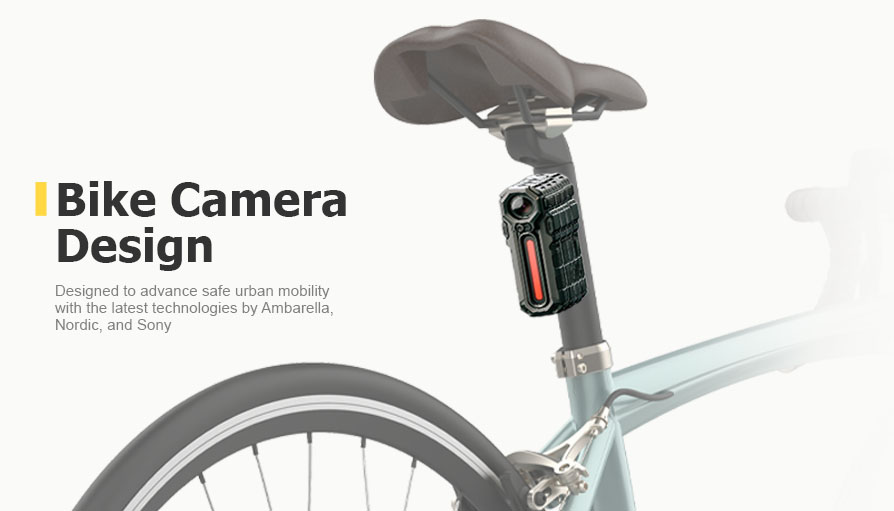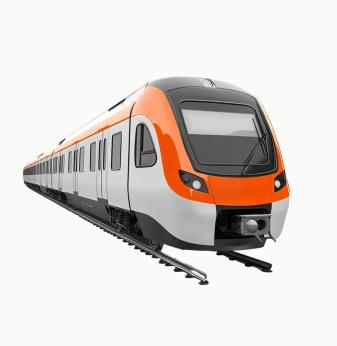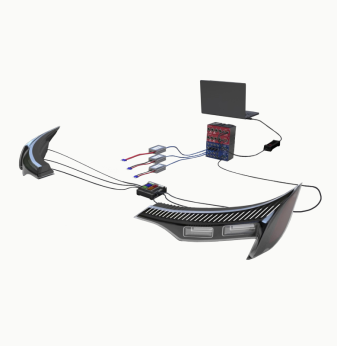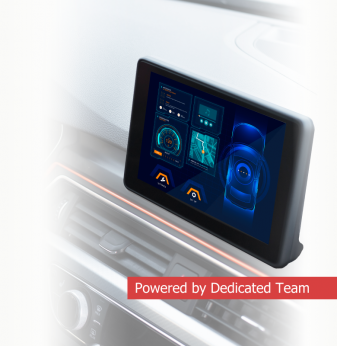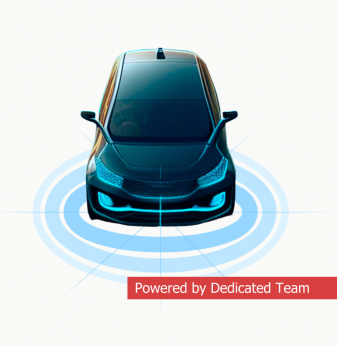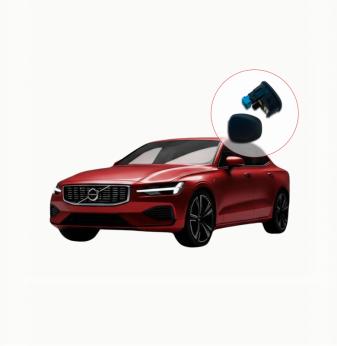Cycling Dash Cam: Low-Level Software and Hardware Development
Project in Nutshell: We developed low-level software and hardware for a bike camera and prepared its prototype for mass production. This is how we helped our client release a device that enhances cyclist safety by providing real-time video recording and incident documentation. The product fosters customer loyalty through increased peace of mind and added security features.
Client & Challenge
A European mobility company aiming to make cycling safer and more attractive approached us to design hardware, low-level software and prepare its device for mass production. Their new product included a set of devices with an integrated dashboard camera, travel distance measurement, daytime running and reversing lights, a crash detector and a ride tracker.
Solution
1. Hardware Development
Our engineering team designed all the hardware for the project. We based it on the Ambarella H32 module for smart cameras with the following characteristics:
- 4 cores Cortex-A53;
- LPDDR4, 1GB size;
- Sony imx390 image sensor;
- h.264/h.265 video codec support;
- eMMC 5.1, 16 GB;
- M12 lens holder.
We implemented a Bluetooth module by Nordic and Wi-Fi for wireless connection with a custom smartphone application. The device sends the following data to the application: covered distance, average speed, riding time, and video recordings, including sensor data.
For real-time positioning, we used the Quectel L76-LB GNSS module. It supports concurrent reception of GPS, GLONASS, BeiDou, and QZSS with 33 tracking channels.
The daytime running lights and rear lights (supplied in the product set) make the bike more visible at any time of the day. The light operates for up to 6 hours without recharging and has a brightness of up to 70 lumens.
The device’s built-in camera has the following features:
- resolution: HD 1600 x 1200;
- frame rate: 30 fps;
- wide angle: 160°.
2. Software Development
Our engineering team developed low-level software for the product: we were responsible for drivers and middleware development, and business logic implementation.
We used an Ambarella microcontroller with the ThreadX RTOS on the first core and Linux on the second one.
The second MCU by Nordic with the Zephyr RTOS was used for power consumption management, Bluetooth connectivity, and OTA updates.
Business Value
As a result, our client got a prototype ready for mass production. We took over engineering support for the product, while our client finalised their product and focused on their main business priorities — visual design and product marketing.
Our client will use the device to improve urban infrastructure by mapping dangerous places, cyclist hotspots, and places where drivers are most likely to break cyclist overtaking rules. This data will be collected anonymously under European legislation, which opens up many possibilities for popularising the product.
More of What We Do for Bikes & Urban Mobility
- Firmware for a Bicycle Computer: a case study of firmware development, new hardware and kiosk mode for Swiss startup Jespr.
- Smart Bike Parking: a case study of the development of a SONY Spresense AI camera solution realised in collaboration with Aduk.
- Digitalisation of Two-Wheelers: explore our research on how connected technologies contribute to urban and micro-mobility.

